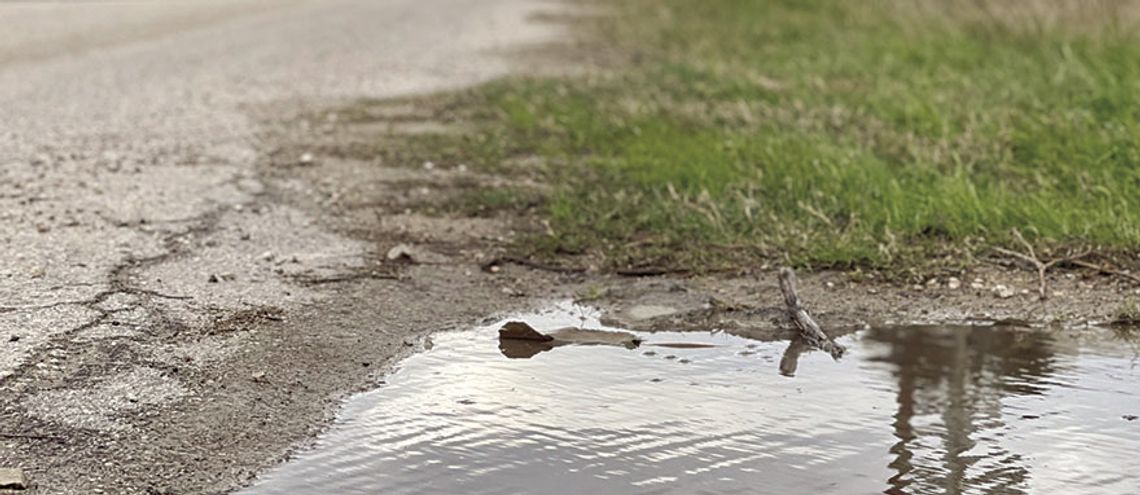Bastrop County aquifer under pressure amid global freshwater crisis
Sparse periods of rain, slow-charging aquifers and continued development in the area have seen that Bastrop County is no exception in a global freshwater crisis, local conservation authorities said.
According to the Lost Pines Groundwater Conservation District, water preservation and maintenance efforts are more important now than ever, as the county and regions across the globe face an abrupt decrease in available freshwater.
“Freshwater is disappearing,” Claire Marks said, LPGCD education and outreach coordinator. “(About) 97% of all water on the earth is found in our oceans, 2% of water is held frozen in ice caps and glaciers. This leaves us less than 1% of all water on earth that is denoted as freshwater and can be used for our daily water supply needs.”
Freshwater can take the form as either groundwater, stored beneath the earth as aquifers, or surface waters like lakes, rivers and streams. Bastrop County primarily draws from the Carrizo-Wilcox for its water needs, a formation of 6 individual aquifers “layered like a cake,” according to Marks.
“There is some surface water, but this is what we use for water in the area — and the Carrizo-Wilcox is very slow at recharging,” she added. “When it rains it takes a long time, and a lot of rain, to percolate down into the aquifer formation.”
On top of an aquifer that is “slower than most in the state” at recharging, Bastrop County endured long periods of drought in 2024 — including the driest October in 130 years, according to previous reports by the Courier.
Rain that does come during these arid months compacts the dry land and soil, making it more difficult for the water to permeate into the aquifer.
“We are just having less rain periods. We will get major rain for a couple of days at a time, but that causes water runoff and wastewater,” Marks said.
Developers in the area also typically pull from the same source as resident s, according to LPGCD, and the recent boom in expansion projects all around Bastrop County impacts available water.
As regions develop and as surface water levels decline because of drought, there is a heavy reliance on groundwater pumping. Freshwater supplies become more depleted, and precipitation fails to replenish adequately, leading to a cycle that requires more groundwater to be pumped and declining underground water supplies, Marks said.
“The mix of all of these factors means that basically we are using too much water, more than the aquifer can recharge in the long run,” she added.
Since 2002, an international team of scientists with the Gravity Recovery and Climate Experiment have used observations from NASA satellites to study Earth’s freshwater storage. The team has tracked fluctuations in Earth’s gravity every month that reveal changes in the mass of available water.
A report published in November shows that the average amount of freshwater stored on land dropped abruptly in May 2014 and has yet to recover.
About 290 cubic miles of freshwater disappeared from 2015 to 2023, reports showed — enough to fill Lake Erie two and a half times.
This reduction of freshwater is a global crisis, according to LPGCD, but small actions can make a big difference.
“By shortening your showers, planting native species or collecting rainwater, you can help conserve our most valuable natural resource,” Marks said.
“Freshwater is disappearing… we are using too much water, more than the aquifer can recharge in the long run.”
— Claire Marks, LPGCD
.png)







